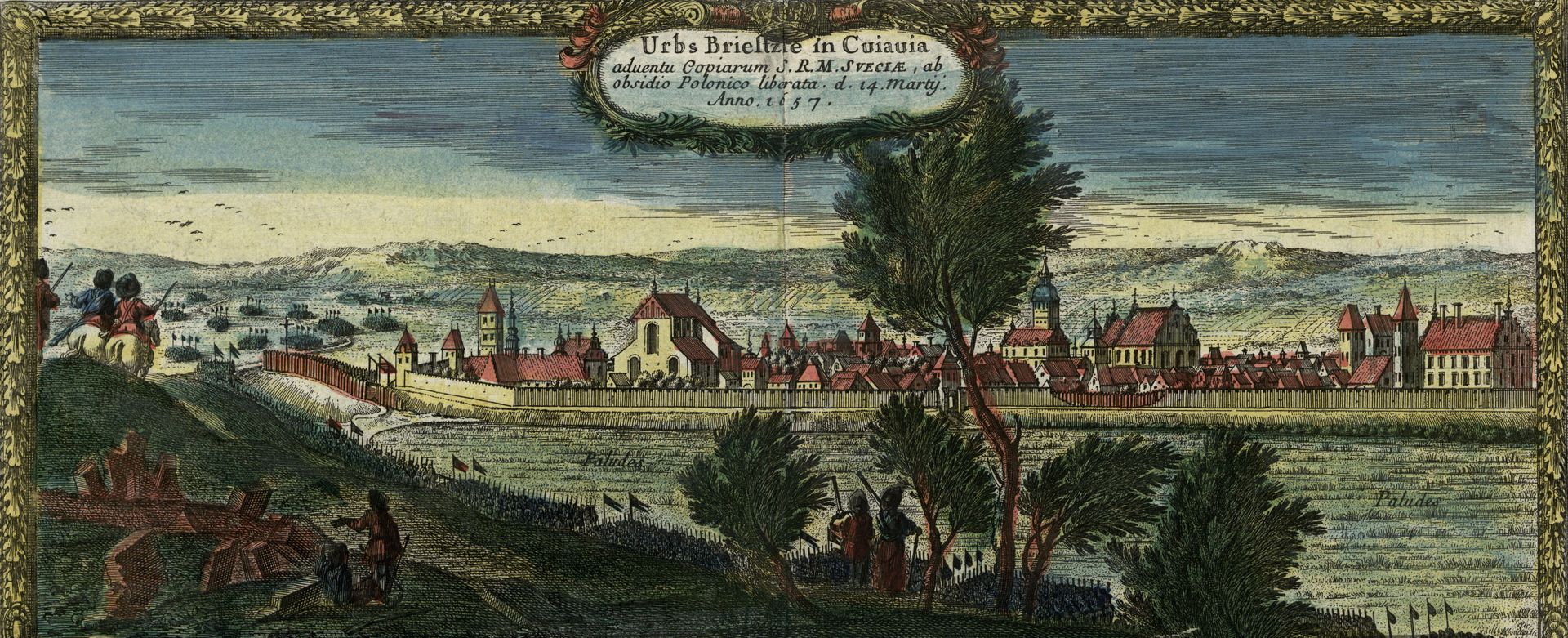Brest Kujawski
6.04

Overview
Brześć Kujawski is a town located in the Kuyavian-Pomeranian Voivodeship, within Włocławek County, on the Zgłowiączka River. With historical roots dating back to the 13th century, it was granted town rights in 1250 and became the seat of the Kuyavian dukes. The town's long history includes several name changes, the most significant being Brzest, Brzeszcze, and Brześć. Brześć served as the capital of the Brześć Voivodeship and was also the site of noble musters in the Polish–Lithuanian Commonwealth. During the partitions of Poland, the town fell under Prussian rule and experienced many historical turns, including during World War II, when a ghetto was established here and the town was renamed Brest. Today, Brześć Kujawski is a center of light industry and agriculture. Among its notable monuments are the Gothic Church of St. Stanislaus, the 14th-century former Dominican church, and the Neoclassical town hall from 1824. The remains of the 14th-century town walls testify to its former defensive importance. The rich history and architecture, which blend various styles and eras, are particularly noteworthy. The town also boasts interesting features such as the magnificent stained-glass windows in the Church of St. Stanislaus and the 19th-century sugar factory complex. Brześć Kujawski is an important point on the regional map, with a well-developed transportation network, including national roads, making it a convenient place to visit and live.
Location
2025 Wizytor | All Rights Reserved